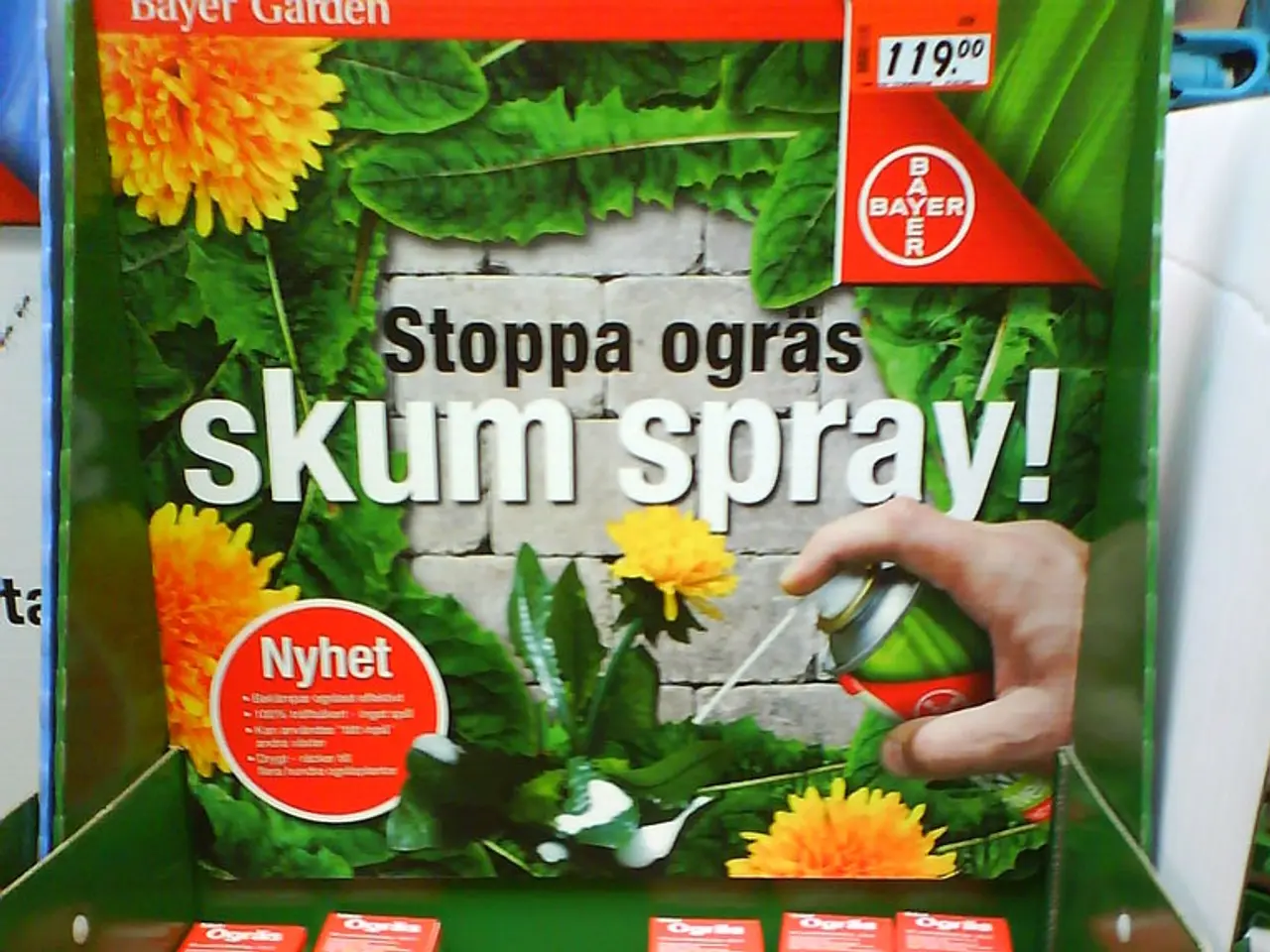Commercial Pesticide Applicator License in Ohio: Identifying Those in Need and Steps for Compliance
In the state of Ohio, pesticide applicators have specific requirements and processes to follow when it comes to obtaining and maintaining their licenses. Here's a breakdown of the key points:
- Licensing Requirements
- Pesticide applicators must hold a license if they apply pesticides for any government agency at any level (federal, state, county, township, city, village, or school district).
- Both general and restricted-use pesticides require a license when applied in the situations mentioned above, even if retail garden center products or minimum-risk products are used.
- Pesticide applicators who conduct wood-destroying insect (WDI) diagnostic inspections for real estate transactions also require a license.
- Commercial Pesticide Licenses
- To become a licensed commercial pesticide applicator in Ohio, one must pass the Ohio commercial pesticide exams, which include the commercial core exam and at least one category exam.
- The commercial pesticide license expires each year on Sept. 30.
- Recertification
- Licensed applicators must recertify their license every three years by either attending educational programs or re-taking the core and category tests.
- Recertification training is available through the Pesticide Safety Education Program as well as many trade associations. It is offered in half-hour increments over the three-year cycle.
- Recertification training credits must include at least 1 hour of core and at least 30 minutes of credit in each of the applicator's pesticide categories.
- Reciprocal Licenses
- If an applicator holds a commercial pesticide license in another state, they may be eligible for a reciprocal license in Ohio, but additional requirements may apply.
- Some recertification credits may also be reciprocal.
- For more information and a list of states with reciprocal arrangements with Ohio, contact the Ohio Department of Agriculture (ODA).
- Business Licenses
- Pesticide application and wood-destroying insect inspection businesses are required to hold one or more of the following licenses: pesticide business license, pesticide location license, pesticide solicitation license.
- Training and Exams
- New employees must be trained before their first occupational exposure to pesticides. They can be trained by reading the "Safety Training Guide for Trained Servicepersons" or equivalent training.
- Exams are held at locations throughout Ohio. When exams are passed, ODA will mail the license to the applicant. If an exam is failed, the applicant must wait one week before retaking it. Exams may be taken as many times as needed.
- Resources
- The "Safety Training Guide for Trained Servicepersons" is available at extensionpubs.osu.edu.
- For more information on the license and insurance requirements for pesticide businesses, see agri.ohio.gov/divisions/plant-health/licenses/pesticide-licenses.
- The ODA application form can be downloaded from agri.ohio.gov or obtained by calling ODA at 614-728-6987.
- The recertification status can be viewed online at agri.ohio.gov/divisions/plant-health/pesticides/recert-search.
- Applications and Supervision
- A trained serviceperson, who is an unlicensed applicator, can make applications if they are under the direct supervision of a licensed commercial pesticide applicator.
- Pesticide Applications
- Pesticides are applied to a wide range of locations, including schools, parks, golf courses, restaurants, food processing plants, medical facilities, and apartment complexes with more than four units.
Read also:
- Peptide YY (PYY): Exploring its Role in Appetite Suppression, Intestinal Health, and Cognitive Links
- Toddler Health: Rotavirus Signs, Origins, and Potential Complications
- Digestive issues and heart discomfort: Root causes and associated health conditions
- House Infernos: Deadly Hazards Surpassing the Flames








